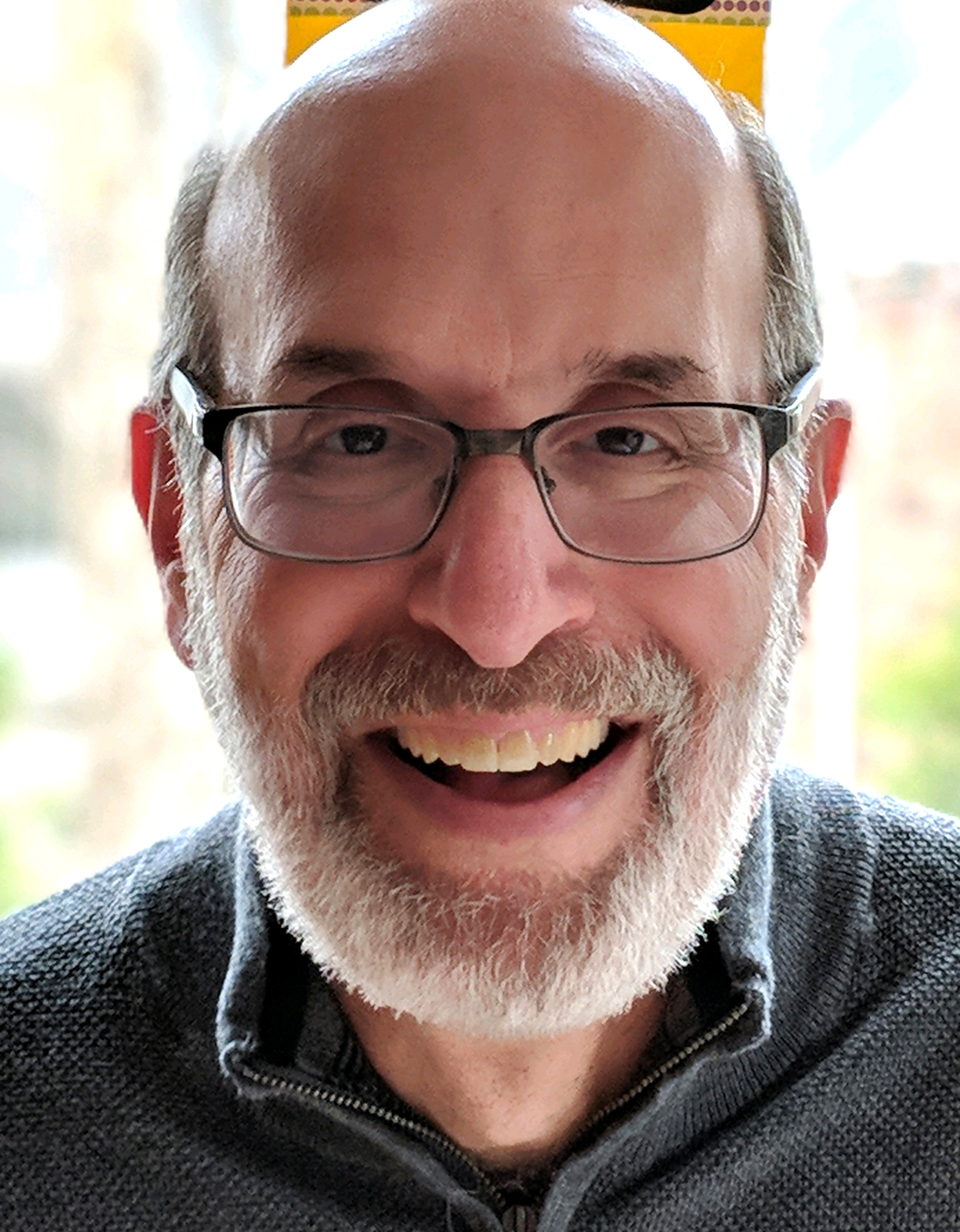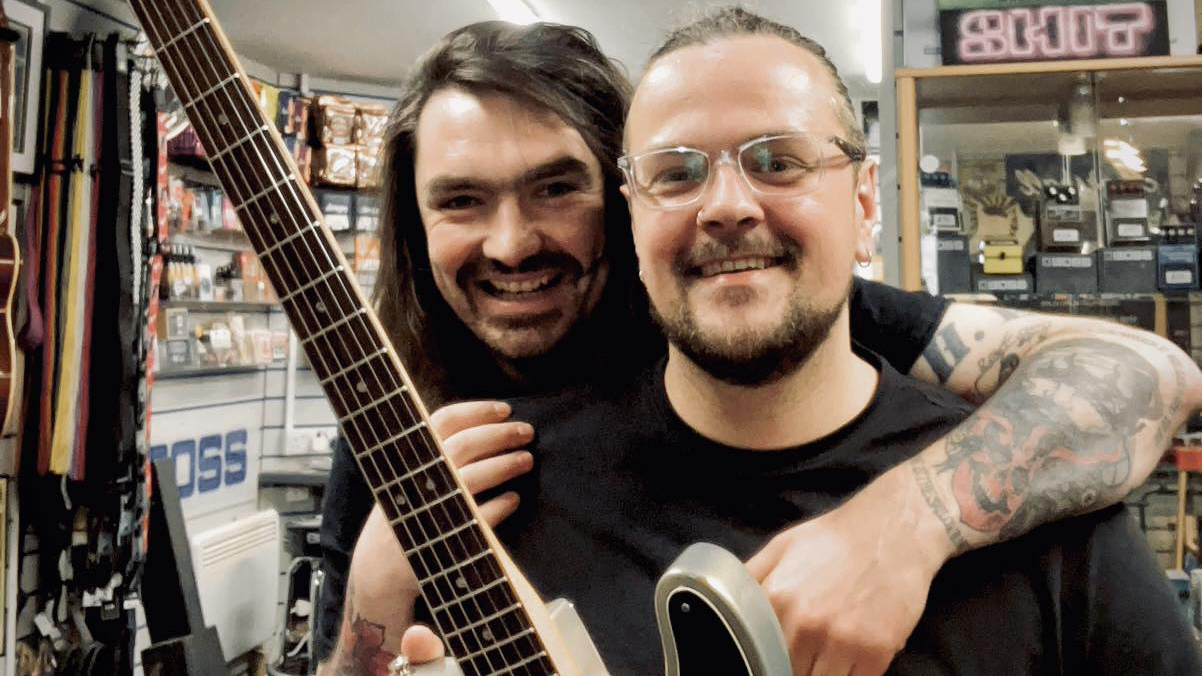“The guitar's not even in tune. But we liked the sound.” Randy Bachman tells us how a throwaway song with an inside joke gave him a hit even bigger than "Takin' Care of Business"
Not many artists can boast that their song won an award from the Stuttering Foundation of America
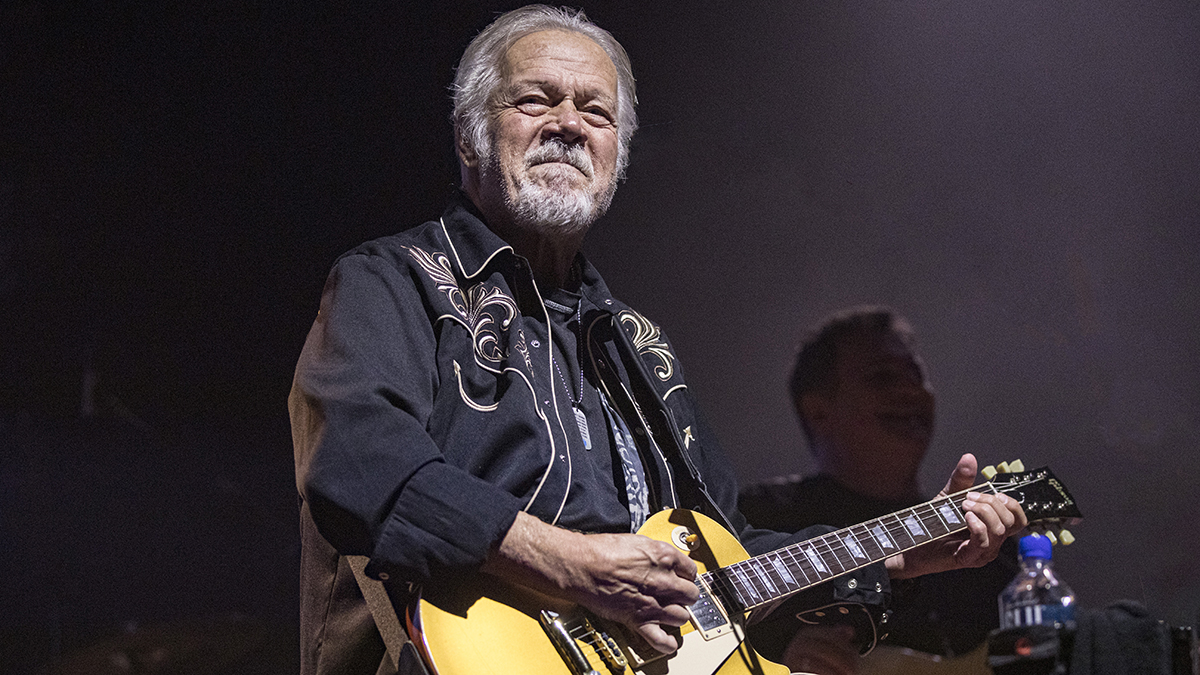
It was intended as nothing more than a bit of fun between Randy Bachman and his brothers. Instead, “You Ain’t Seen Nothing Yet” became something much bigger. The 1974 single from Bachman-Turner Overdrive’s Not Fragile album didn’t just become a hit single — it also served as something of an unintentional public service message for the Stuttering Foundation of America.
By the time BTO settled in to work on Not Fragile in mid 1974, the group had two albums under its belt and a pair of hits with “Let It Ride” and “Takin’ Care of Business.” The band had been formed by the former Guess Who guitarist and his brothers — guitarist Tim and drummer Robbie — with bassist C.F. Turner in 1973. By 1974, Tim had left, replaced by Blair Thornton. Given that both of BTO's earlier hits had come from their previous album, their label, Mercury Records, had high expectations for Not Fragile.
But throughout the album’s creation, “You Ain’t Seen Nothing Yet” was nothing more than “a work song,” as Bachman puts it.
“I was trying to write something that had a nice, quiet, jangly verse and then a big, powerful chorus,” he says. “It had a powerful intro where you had a rhythm guitar, then it would quiet down so that you say something lyrically and tell a story, and then you’d get to the big hook. I’d kick in the Big Muff fuzz and play the heavy chorus.”

As the group’s frontman and producer, Bachman was a busy man in the studio. While the group played through the song’s hook, he milled about the room, adjusting mics.
“I was the producer, so I got the band playing,” he says. “And while that was going on I moved the bass mic, changed the snare mic and got the sounds together.”
But because the track wasn’t anything more than a work in progress, Bachman didn’t sweat the details. Listen closely to the guitar on the song’s chorus and you’ll hear it for yourself. “The guitar isn’t even in tune on that song,” Bachman says. “I hadn't even tuned it yet. But we liked the sound.”
That guitar was none other than Bachman's orange-finish 1957 Gretsch 6120, the electric guitar featured on classic Guess Who albums and hit singles, including “American Woman,” and on BTO cuts like “Let It Ride,” “Roll On Down the Highway” and “Takin’ Care of Business." Stolen in 1976, the guitar was found after an extensive hunt and returned to Bachman in 2022.
As for the lyrics, Bachman didn’t have anything. Not yet, anyway. But he had an idea. “Growing up, I was the oldest brother of four boys,” he says. “We teased each other all the time. So I wanted to make it an inside joke with them”
Specifically, Bachman chose his brother Gary to be the butt of the joke. As he’s explained elsewhere, his brother had a stutter when he was growing up. “I said, ‘I think I'm gonna stutter over this and sing anything I can think of.' I figured I'd mix one copy and send it off to my brothers,” he says. “It’s the ultimate tease, because even though we were grown up and in our 30s, we were still pulling rank on each other.”
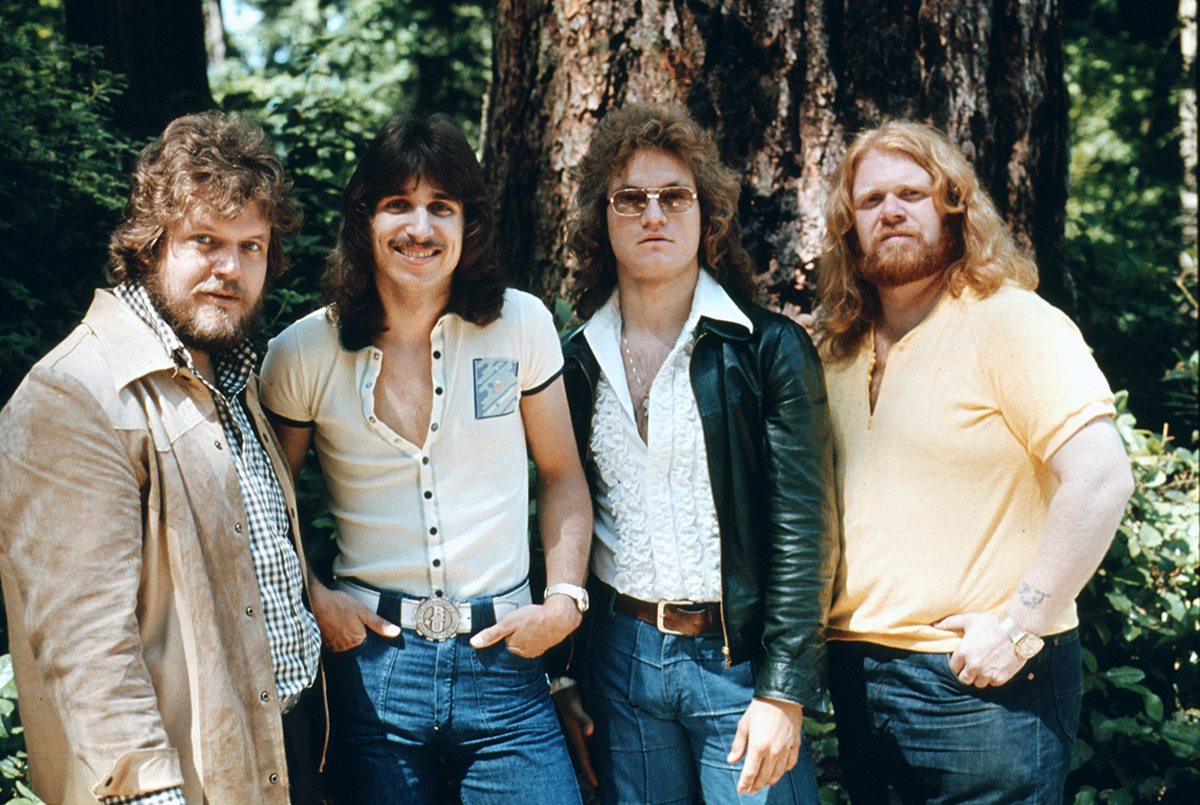
Bachman's finished lyrics tell the tale of a “devil woman” who steals away the heart of the young, inexperienced narrator and teaches him “something you never will forget.” The stutter he affected when singing it only served to reinforce the victim’s tongue-tied state of mind.
Given that the song was intended as a joke, “You Ain’t Seen Nothing Yet” was nowhere to be found in the running order for Not Fragile when BTO presented it to Charlie Fach, the former vice president of A&R for Mercury Records. At that point, the album had just eight songs.
“So we play him the songs,” Bachman explains, “and he says, ‘That's a really great album. I like it, but I don't hear a single to follow "Let It Ride" and "Takin' Care of Business." ’
“Then the engineer, Mark Smith, says, ‘Want to play him that work track?’
“I said, ‘No, no. No way!’ And Charlie goes, ‘There's another track?’ ”
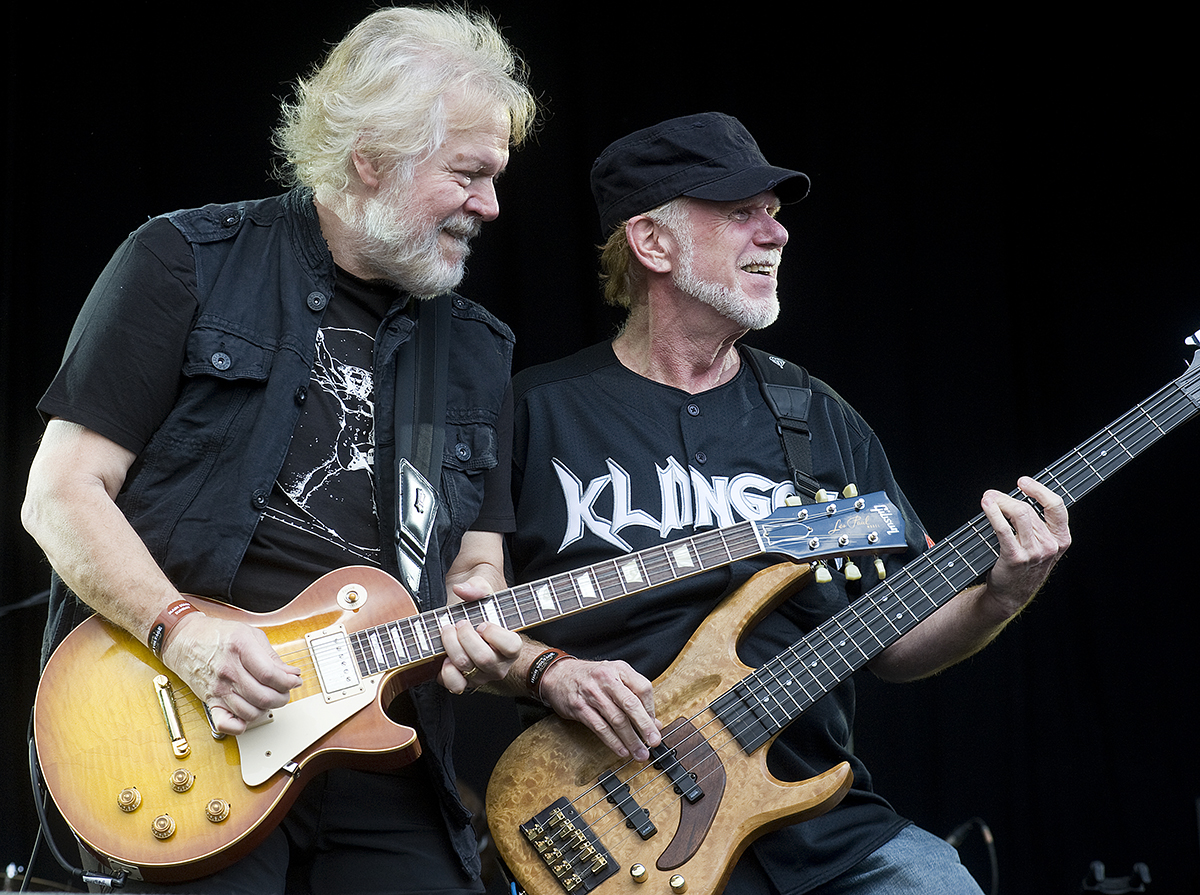
By that point Bachman had little choice but to play him “You Ain’t Seen Nothing Yet.”
“And he says, ‘This is phenomenal! There's nothing like this on the radio. It's cute. It's unique. Let's go with it!’
“I said, ‘But it doesn't fit. We’ve got four songs on each side, and if you have too many, you can’t get the record loud enough.’ ” At the time, it was common for an album to have roughly 20 or so minutes of music per side to avoid groove cramming, which reduces audio fidelity.
“So he says, ‘Take the four longest songs and put 'em on one side, and then we'll squeeze this on and make it all fit.’ ”
Bachman has said elsewhere that he agreed to include “You Ain’t Seen Nothing Yet” only if he could re-do the vocals without the stutter, as he was certain no one would appreciate the “in joke.” Reportedly the label hated the revision and insisted on releasing it with the original vocals.
Still, it wasn’t as easy as that. The song need some sweetening on the intro and breaks after each chorus to add a little melodic interest. “I was mixing the song at Sound City in Van Nuys,” Bachman explains, “when I got the idea to put that guitar line on the intro and in-between the chorus and verse. But I wanted it to sound different, so I ran my guitar through a Leslie speaker and put some echo on it. And that’s how we got the song onto the second side of the album.”
Mercury certainly heard a hit in the track, and the label wasn't wrong. Released as a single in September 1974, “You Ain’t Seen Nothing Yet” got a response unlike anything the band had previously received. The song hit the top of the Billboard Hot 100 singles chart — a first and only achievement for BTO — and became the group’s first of two number-one’s in their home country of Canada. It topped the charts in Germany, New Zealand and South Africa, among other countries, and reached number two in the U.K., giving the band unprecedented exposure outside of North America.
“It sold over a million copies and went to number one in 22 countries,” Bachman says. “I was baffled by the whole thing.”
Bachman was even more surprised when the Stuttering Foundation of America named it the top stuttering song of all time in 2011, beating out the Who’s “My Generation,” David Bowie’s “Changes” and Elton John’s “Bennie and the Jets.” As the foundation explained, the fact that the song was about a real person — and that Gary went on to overcome stuttering with speech therapy — made all the difference. More importantly, the agency said every time Bachman told the story in interviews, the Stuttering Foundation received a burst of new inquiries from people asking about speech therapy.
At the end of the day, Bachman has no regrets about how his joke turned out. “I’ve even got a big, framed certificate from the Stuttering Foundation," he says, "calling it the best stuttering song of all time."
All the latest guitar news, interviews, lessons, reviews, deals and more, direct to your inbox!
Gary Graff is an award-winning Detroit-based music journalist and author who writes for a variety of print, online and broadcast outlets. He has written and collaborated on books about Alice Cooper, Neil Young, Bob Seger, Bruce Springsteen and Rock 'n' Roll Myths. He's also the founding editor of the award-winning MusicHound Essential Album Guide series and of the new 501 Essential Albums series. Graff is also a co-founder and co-producer of the annual Detroit Music Awards.
- Christopher ScapellitiGuitarPlayer.com editor-in-chief
